Abrams, Lindsay. 22 October 2013. "Are You Fancy Enough to Bird Poop Coffee?" Salon: Sustainability. Retrieved August 12, 2014.
- Available at: http://www.salon.com/2013/10/22/are_you_fancy_enough_for_bird_poop_coffee/
Carlos Barreto. "A Semente do Ouro Negro _ Francisco de Mello Palheta." YouTube. April 25, 2010.
- Available at: https://www.youtube.com/watch?v=eC7RzZFTU9o
Bento, Pedro. A Semente Do Ouro Negro. Culture Unplugged Studios.
- Available at: https://www.cultureunplugged.com/play/52768/A-SEMENTE-DO-OURO-NEGRO
Birdlife International 2012. "Penelope jacquacu." In: IUCN 2014. International Union for Conservation of Nature and Natural Resources Red List of Threatened Species. Version 2014.2. Retrieved August 12, 2014.
- Available at: http://www.iucnredlist.org/details/full/22678386/0
Birdlife International 2012. "Penelope jacucaca." In: IUCN 2014. International Union for Conservation of Nature and Natural Resources Red List of Threatened Species. Version 2014.2. Retrieved August 12, 2014.
- Available at: http://www.iucnredlist.org/details/full/22678398/0
Birdlife International 2012. "Penelope marail." In: IUCN 2014. International Union for Conservation of Nature and Natural Resources Red List of Threatened Species. Version 2014.2. Retrieved August 12, 2014.
- Available at: http://www.iucnredlist.org/details/full/22678367/0
Birdlife International 2012. "Penelope obscura." In: IUCN 2014. International Union for Conservation of Nature and Natural Resources Red List of Threatened Species. Version 2014.2. Retrieved August 12, 2014.
- Available at: http://www.iucnredlist.org/details/full/22678389/0
Birdlife International 2012. "Penelope ochrogaster." In: IUCN 2014. International Union for Conservation of Nature and Natural Resources Red List of Threatened Species. Version 2014.2. Retrieved August 12, 2014.
- Available at: http://www.iucnredlist.org/details/full/22678395/0
Birdlife International 2012. "Penelope pileata." In: IUCN 2014. International Union for Conservation of Nature and Natural Resources Red List of Threatened Species. Version 2014.2. Retrieved August 12, 2014.
- Available at: http://www.iucnredlist.org/details/full/22678392/0
Birdlife International 2012. "Penelope superciliaris." In: IUCN 2014. International Union for Conservation of Nature and Natural Resources Red List of Threatened Species. Version 2014.2. Retrieved August 12, 2014.
- Available at: http://www.iucnredlist.org/details/22678370/0
Birdlife International 2012. "Pipile cujubi." In: IUCN 2014. International Union for Conservation of Nature and Natural Resources Red List of Threatened Species. Version 2014.2. Retrieved August 12, 2014.
- Available at: http://www.iucnredlist.org/details/full/22678422/0
Birdlife International 2012. "Pipile jacutinga." In: IUCN 2014. International Union for Conservation of Nature and Natural Resources Red List of Threatened Species. Version 2014.2. Retrieved August 12, 2014.
- Available at: http://www.iucnredlist.org/details/full/22678429/0
BirdLife International 2014. Species factsheet: Pipile jacutinga. Retrieved August 12, 2014.
- Available at: http://www.birdlife.org/datazone/speciesfactsheet.php?id=90
Bisby, F.A.; Roskov, Y.R.; Orrell, T.M.; Nicolson, D.; Paglinawan, L.E.; Bailly, N.; Kirk, P.M.; Bourgoin, T.; Baillargeon, G.; and Ouvrard, D. (red.). 2011. "Penelope obscura Temminck, 1815." Species 2000 & ITIS Catalogue of Life: 2011 Annual Checklist. Reading, UK. Retrieved August 12, 2014.
- Available at: http://www.itis.gov/servlet/SingleRpt/SingleRpt?search_topic=TSN&search_value=175736
Bisby, F.A.; Roskov, Y.R.; Orrell, T.M.; Nicolson, D.; Paglinawan, L.E.; Bailly, N.; Kirk, P.M.; Bourgoin, T.; Baillargeon, G.; and Ouvrard, D. (red.). 2011. "Penelope obscura bridgesi G.R. Gray, 1860." Species 2000 & ITIS Catalogue of Life: 2011 Annual Checklist. Reading, UK. Retrieved August 12, 2014.
- Available at: http://www.itis.gov/servlet/SingleRpt/SingleRpt?search_topic=TSN&search_value=715274
Bisby, F.A.; Roskov, Y.R.; Orrell, T.M.; Nicolson, D.; Paglinawan, L.E.; Bailly, N.; Kirk, P.M.; Bourgoin, T.; Baillargeon, G.; and Ouvrard, D. (red.). 2011. "Penelope obscura bronzina Hellmayr, 1914." Species 2000 & ITIS Catalogue of Life: 2011 Annual Checklist. Reading, UK. Retrieved August 12, 2014.
- Available at: http://www.itis.gov/servlet/SingleRpt/SingleRpt?search_topic=TSN&search_value=715275
Bisby, F.A.; Roskov, Y.R.; Orrell, T.M.; Nicolson, D.; Paglinawan, L.E.; Bailly, N.; Kirk, P.M.; Bourgoin, T.; Baillargeon, G.; and Ouvrard, D. (red.). 2011. "Penelope obscura obscura Temminck, 1815." Species 2000 & ITIS Catalogue of Life: 2011 Annual Checklist. Reading, UK. Retrieved August 12, 2014.
- Available at: http://www.itis.gov/servlet/SingleRpt/SingleRpt?search_topic=TSN&search_value=715276
Bisby, F.A.; Roskov, Y.R.; Orrell, T.M.; Nicolson, D.; Paglinawan, L.E.; Bailly, N.; Kirk, P.M.; Bourgoin, T.; Baillargeon, G.; and Ouvrard, D. (red.). 2011. "Penelope superciliaris Temminck, 1815." Species 2000 & ITIS Catalogue of Life: 2011 Annual Checklist. Reading, UK. Retrieved August 12, 2014.
- Available at: http://www.itis.gov/servlet/SingleRpt/SingleRpt?search_topic=TSN&search_value=175742
Bisby, F.A.; Roskov, Y.R.; Orrell, T.M.; Nicolson, D.; Paglinawan, L.E.; Bailly, N.; Kirk, P.M.; Bourgoin, T.; Baillargeon, G.; and Ouvrard, D. (red.). 2011. "Penelope superciliaris jacupemba Spix, 1825." Species 2000 & ITIS Catalogue of Life: 2011 Annual Checklist. Reading, UK. Retrieved August 12, 2014.
- Available at: http://www.itis.gov/servlet/SingleRpt/SingleRpt?search_topic=TSN&search_value=715264
Bisby, F.A.; Roskov, Y.R.; Orrell, T.M.; Nicolson, D.; Paglinawan, L.E.; Bailly, N.; Kirk, P.M.; Bourgoin, T.; Baillargeon, G.; and Ouvrard, D. (red.). 2011. "Penelope superciliaris major W. Bertoni, 1901." Species 2000 & ITIS Catalogue of Life: 2011 Annual Checklist. Reading, UK. Retrieved August 12, 2014.
- Available at: http://www.itis.gov/servlet/SingleRpt/SingleRpt?search_topic=TSN&search_value=715265
Bisby, F.A.; Roskov, Y.R.; Orrell, T.M.; Nicolson, D.; Paglinawan, L.E.; Bailly, N.; Kirk, P.M.; Bourgoin, T.; Baillargeon, G.; and Ouvrard, D. (red.). 2011. "Penelope superciliaris superciliaris Temminck, 1815." Species 2000 & ITIS Catalogue of Life: 2011 Annual Checklist. Reading, UK. Retrieved August 12, 2014.
- Available at: http://www.itis.gov/servlet/SingleRpt/SingleRpt?search_topic=TSN&search_value=715266
Blake, Emmet R. 1977. Manual of Neotropical Birds. Volume 1: Spheniscidae (Penguins) to Laridae (Gulls and Allies). Chicago, IL: University of Chicago Press.
"Brazil Coffee Grades." Coffee Shrub. Retrieved August 12, 2014.
- Available at: http://www.coffeeshrub.com/shrub/glossary/9/letterb
Brooks, D. M. (ed.). Conserving Cracids: The Most Threatened Family of Birds in the Americas. Houston, TX: Houston Museum of Natural Science.
Brooks, Daniel M. 2004. "Curassow, Guans, and Chachalacas (Cracidae)." Pp. 413-417 in Grzimek's Animal Life Encyclopedia, Second Edition. Volume 8: Birds I, edited by Michael Hutchins, Jerome A. Jackson, Walter J. Bock, and Donna Olendorf. Farmington Hills, MI: Gale Group, Inc., division of Thomson Learning Inc.
"Camocim Estate: Jacu Bird Coffee." Sea Island Coffee: Browse Estates. Knightsbridge, London, England: Sea Island Coffee Ltd. Retrieved August 12, 2014.
- Available at: http://www.seaislandcoffee.com/browse-estates/jacu-bird-coffee.html
Cardoso da Silva, J. M.; and M. Tabarelli. 2000. "Tree Species Impoverishment and the Future Flora of the Atlantic Forest of Northeast Brazil." Nature 404:72-74.
Communications and Public Affairs. 26 November 2002. "Kopi Luwak Coffee Safe, U of G Study Finds." University of Guelph Campus News. Ontario, Canada. Retrieved August 12, 2014.
- Available at: http://www.uoguelph.ca/news/archives/002065.html
Craves, Julie. 6 September 2008. "Know Your Coffee Birds: Jacu." Coffee & Conservation: Are Your Beans for the Birds? Retrieved August 12, 2014.
- Available at: http://www.coffeehabitat.com/2008/09/know-your-coffee-birds-jacu/
de Magalhães, Basílio. O Café Na História, No Folclore e Nas Belas-Artes. São Paulo [Brasil]: Companhia Editora Nacional, 1939.
- Available via Biblioteca Brasiliana Guita e José Mindlin (BBM)/Universidade de São Paulo (USP) at: https://digital.bbm.usp.br/handle/bbm/3906
del Hoyo, J.; Elliott, A.; and Sargatal, J. 1994. Handbook of the Birds of the World, vol. 2: New World Vultures to Guineafowl. Barcelona, Spain: Lynx Edicions.
"Dusky-legged Guan Pictures and Facts.” The Website of Everything: Animals > Mammals > Carnivora > Viverridae > Hemigalinae > Chrotogale. Retrieved August 12, 2014.
- Available at: http://thewebsiteofeverything.com/animals/birds/Galliformes/Cracidae/Penelope-obscura
Editor. 21 November 1912. "JACU, Ålesund." Nordic Coffee Culture Blog. Retrieved August 12, 2014.
- Available at: http://nordiccoffeeculture.com/jacu-alesund/
Garrett, Rose. 29 May 2013. "Mystic Liver: Inside the World of Biodynamic Farming." Modern Farmer: Culture. Retrieved August 12, 2014.
- Available at: http://modernfarmer.com/2013/05/mystic-liver-inside-the-world-of-biodynamic-farming/
Holmes, Lauren. 21 October 2013. "Why Coffee Pooped Out of a Brazilian Bird Sells For Big Bucks." Modern Farmer: Food/Plants and Animals. Retrieved August 12, 2014.
- Available at: http://modernfarmer.com/2013/10/flight-jacu-bird/
"Jacu Bird." European Coffee Society. Paris, France; Vienna, Austria; Pisa, Italy. Retrieved August 12, 2014.
- Available at: http://europeancoffeesociety.com/product/jacu-bird/
"Jacu Bird, Brazil Coffee From Sea Island Coffee." Look in the Kitchen: Tea & Coffee > Coffee. Retrieved August 12, 2014.
- Available at: http://www.lookinthekitchen.com/jacu-bird.html
"Jacu Bird Coffee." Camocim Organic. Retrieved August 12, 2014.
- Available at: http://camocimorganic.com/ourproducts.jacu.php
"Jacu Bird Coffee." Espresso & Coffee Guide. Retrieved August 12, 2014.
- Available at: http://www.espressocoffeeguide.com/gourmet-coffee/asian-indonesian-and-pacific-coffees/civet-coffee/jacu-bird-coffee/


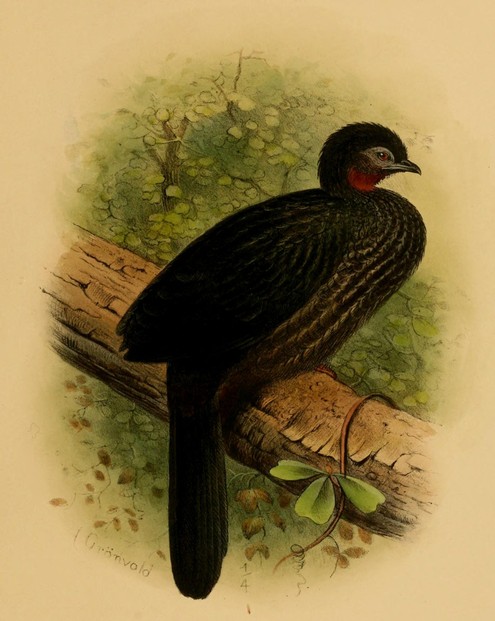
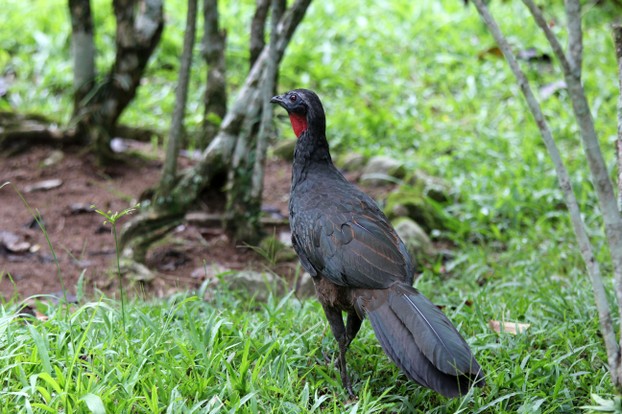
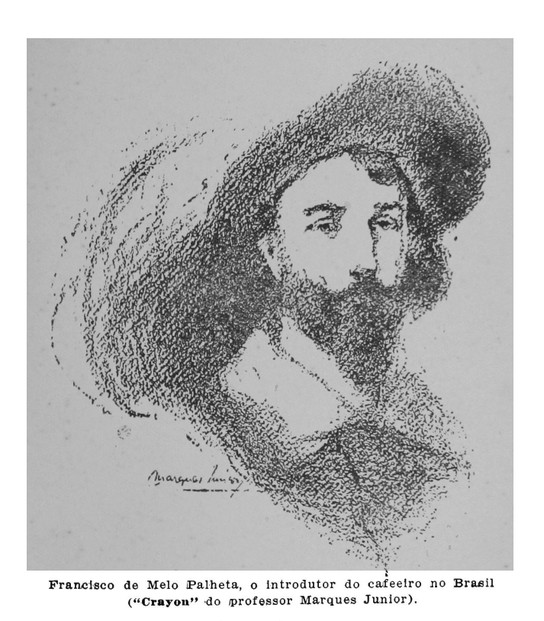
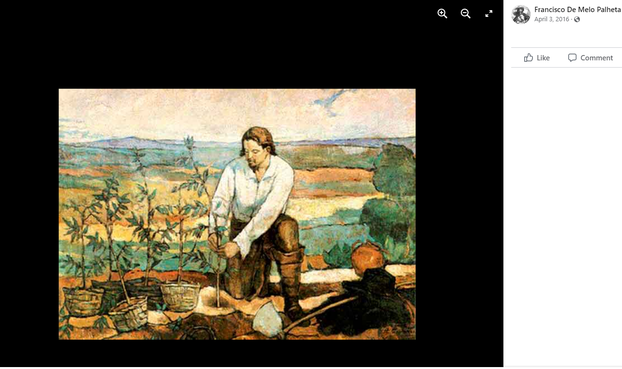
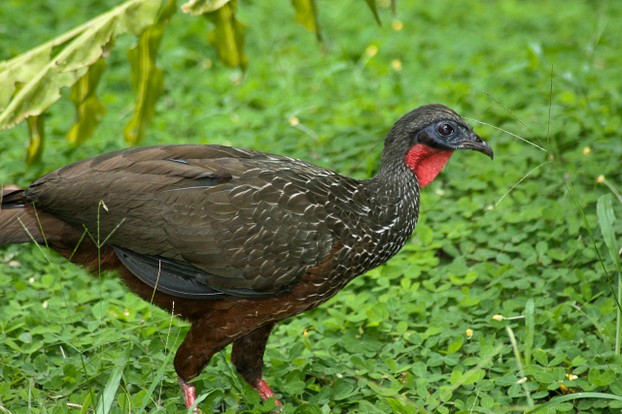
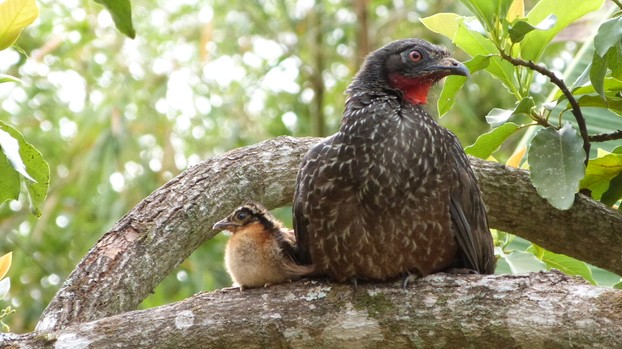
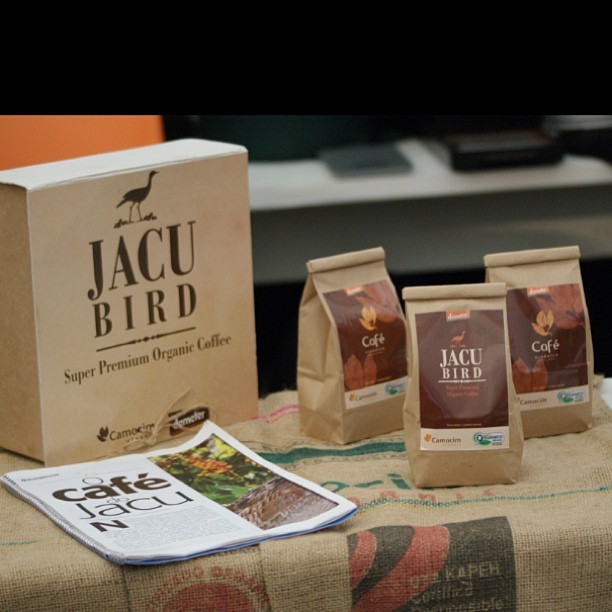
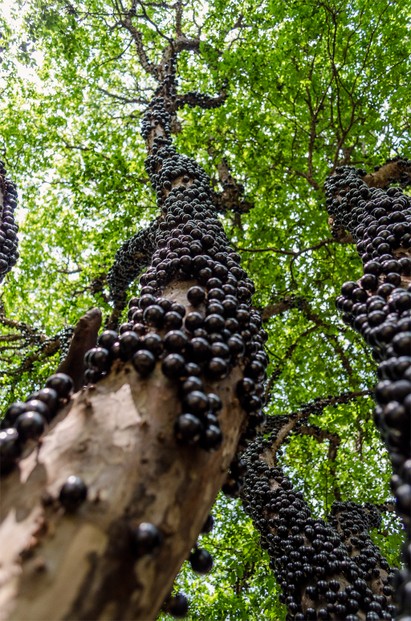
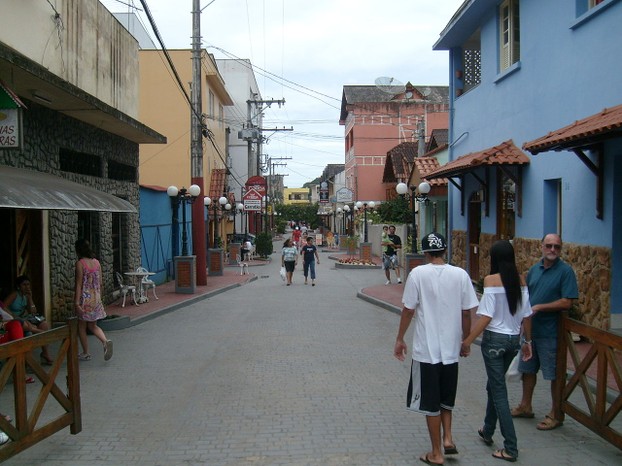
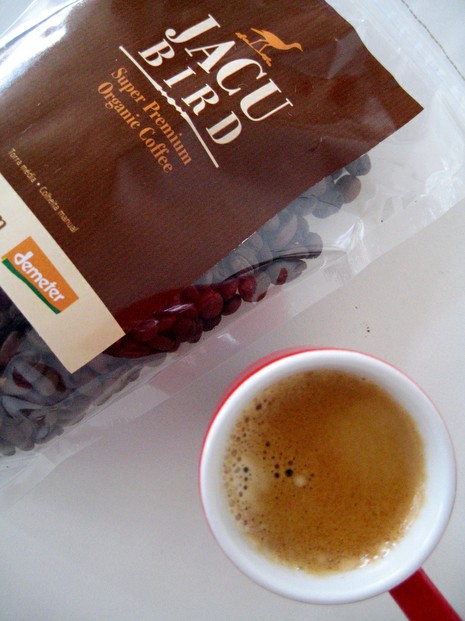
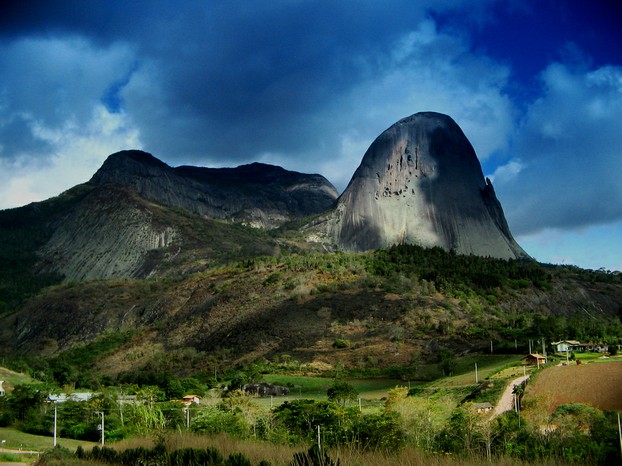



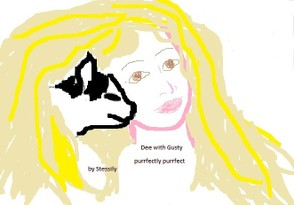
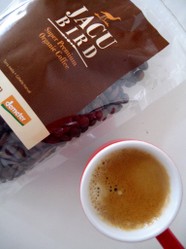

 Mailing Addresses for 2023 Form 4868 Extending 1040 and 1040SR April 15, 2024, Due Date13 days ago
Mailing Addresses for 2023 Form 4868 Extending 1040 and 1040SR April 15, 2024, Due Date13 days ago
 Mailing Addresses for 2023 Forms 1040 and 1040SR Filed in 202413 days ago
Mailing Addresses for 2023 Forms 1040 and 1040SR Filed in 202413 days ago
 Mailing Addresses for 2022 Form 4868 Extending 1040 and 1040SR April 18, 2023, Due Dateon 04/13/2023
Mailing Addresses for 2022 Form 4868 Extending 1040 and 1040SR April 18, 2023, Due Dateon 04/13/2023
 Mailing Addresses for 2022 Forms 1040 and 1040SR Filed in 2023on 04/13/2023
Mailing Addresses for 2022 Forms 1040 and 1040SR Filed in 2023on 04/13/2023

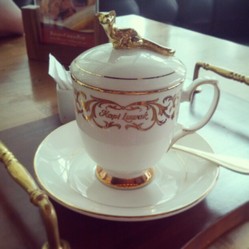
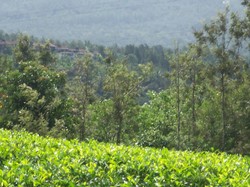
Comments